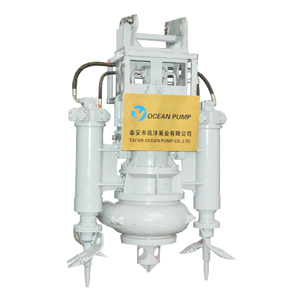Hydraulic driven submersible slurry pump
- Description
Hydraulic submersible dredge pumps are powered by hydraulic energy, which is typically supplied by a hydraulic power pack or a hydraulic system on a dredging vessel.
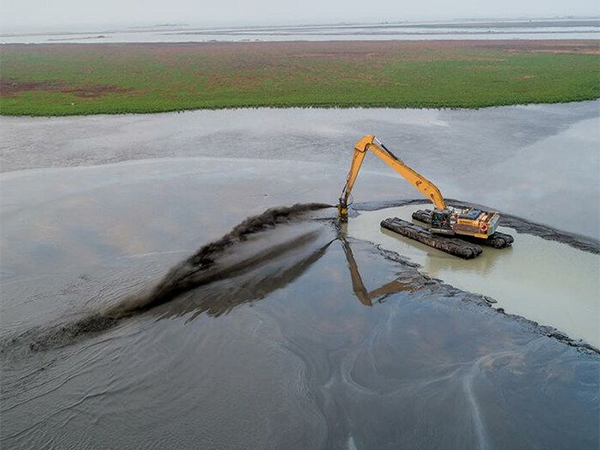
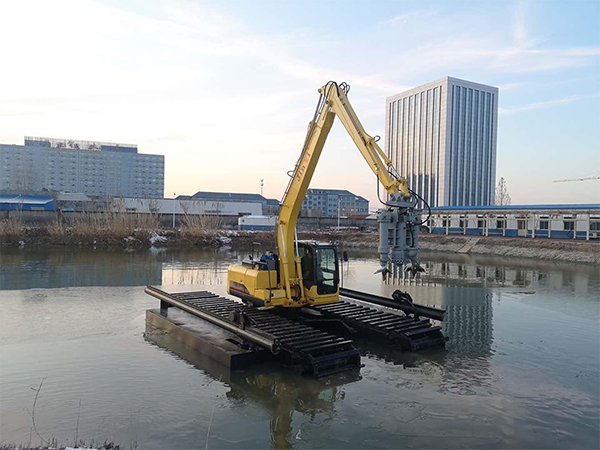
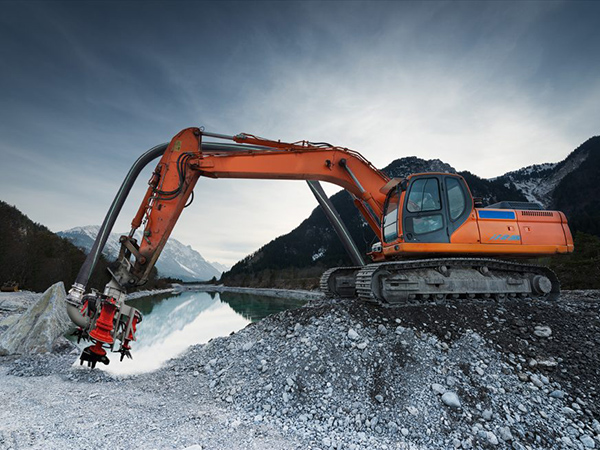
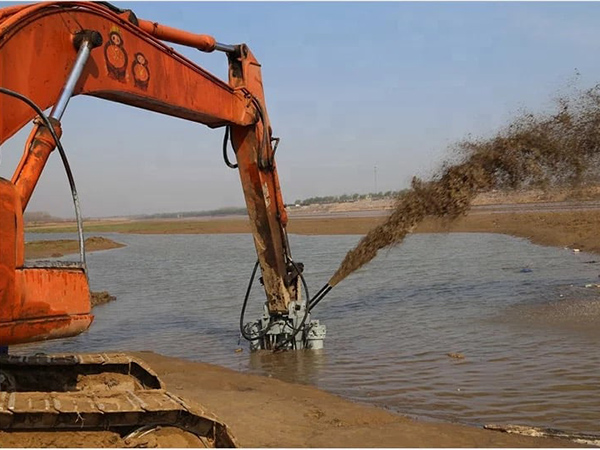
Here's a closer look at how the hydraulic power is utilized:
Hydraulic Power Pack
In many cases, a hydraulic power pack is used to provide the necessary hydraulic energy to drive the submersible dredge pump. The power pack consists of a hydraulic pump, a reservoir for hydraulic fluid, control valves, and other components. The hydraulic pump pressurizes the hydraulic fluid, which is then distributed to the submersible dredge pump through hydraulic hoses or lines.
Hydraulic System on a Dredging Vessel
In some scenarios, a hydraulic submersible dredge pump may be powered by the hydraulic system already present on a dredging vessel. The vessel's hydraulic system typically includes hydraulic pumps, hydraulic lines, and control valves that supply hydraulic energy to various equipment on board, including the submersible dredge pump.
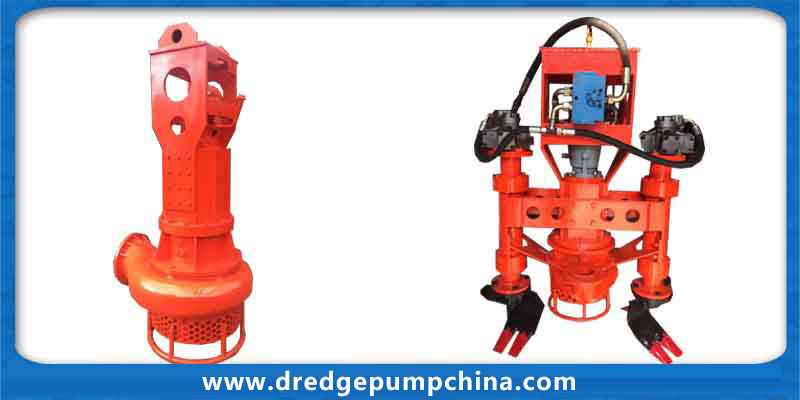
Hydraulic Fluid
Hydraulic energy is transmitted through a specialized hydraulic fluid that is stored in the hydraulic power pack or the vessel's hydraulic system. The hydraulic fluid is pressurized by the hydraulic pump and acts as a medium to transfer the energy to the hydraulic motor or impeller within the submersible dredge pump.
Hydraulic Motor or Impeller
The hydraulic energy from the power pack or the vessel's hydraulic system is used to drive the hydraulic motor or impeller within the submersible dredge pump. The motor or impeller converts the hydraulic energy into rotational motion, which creates the necessary suction force and pumping action to extract and transport the dredged materials.
hydraulic submersible dredge pump offers a range of features and capabilities that make them suitable for various excavator sizes and challenging dredging circumstances.
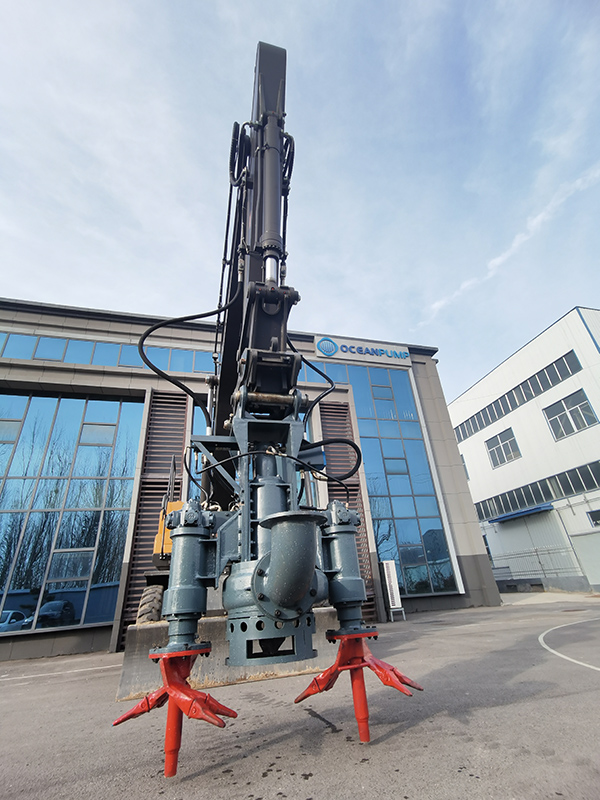
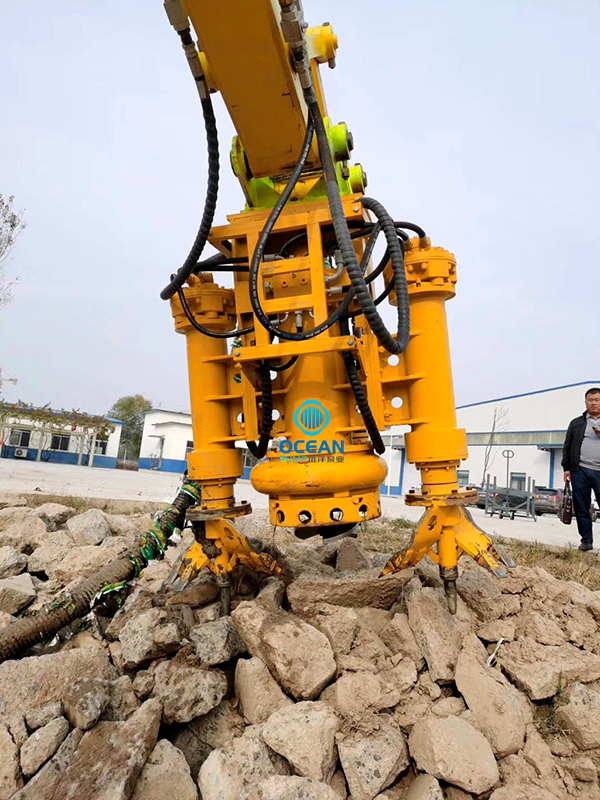
Description
| NO. | Pump Type | DISCH.DIA | CAP | Head | Power | Rotation speed | Eff. | Biggest particles discontinuous pass through |
| (mm) | (m³/h) | (m) | (kw) | (r/min) | (%) | (mm) | ||
| 1 | ZJQB20-15-3 | 65 | 20 | 15 | 3 | 1460 | 45 | 12 |
| 2 | ZJQB25-20-4 | 65 | 25 | 20 | 4 | 1460 | 45 | 12 |
| 3 | ZJQB45-15-5.5 | 80 | 45 | 15 | 5.5 | 1460 | 45 | 13 |
| 4 | ZJQB30-30-7.5 | 80 | 24 | 31 | 7.5 | 1460 | 43 | 13 |
| 30 | 30 | |||||||
| 36 | 29 | |||||||
| 5 | ZJQB50-21-11 | 100 | 35 | 22 | 11 | 1460 | 48 | 21 |
| 50 | 21 | |||||||
| 60 | 20 | |||||||
| 6 | ZJQB50-26-11 | 80 | 35 | 29 | 11 | 1460 | 48 | 13 |
| 50 | 26 | |||||||
| 60 | 24 | |||||||
| 7 | ZJQB100-18-11 | 100 | 70 | 20 | 11 | 1460 | 55 | 21 |
| 100 | 18 | |||||||
| 120 | 15 | |||||||
| 8 | ZJQB25-40-15 | 80 | 18 | 41 | 15 | 1460 | 35 | 13 |
| 25 | 40 | |||||||
| 30 | 39 | |||||||
| 9 | ZJQB50-35-15 | 100 | 35 | 38 | 15 | 1460 | 47 | 13 |
| 50 | 35 | |||||||
| 60 | 32 | |||||||
| 10 | ZJQB60-30-15 | 100 | 42 | 33 | 15 | 1460 | 50 | 13 |
| 60 | 30 | |||||||
| 72 | 27 | |||||||
| 11 | ZJQB75-25-15 | 100 | 52 | 28 | 15 | 1460 | 51 | 13 |
| 75 | 25 | |||||||
| 90 | 22 | |||||||
| 12 | ZJQB150-15-15 | 150 | 105 | 17 | 15 | 1460 | 56 | 21 |
| 150 | 15 | |||||||
| 180 | 13 | |||||||
| 13 | ZJQB75-35-22 | 100 | 52 | 38 | 22 | 980 | 48 | 13 |
| 75 | 35 | |||||||
| 90 | 32 |
Compatibility with Excavators
Hydraulic submersible dredge pumps can be used with excavators of different sizes, ranging from small to large series. This allows for flexibility in selecting the appropriate pump for a specific excavator.Hydraulic Submersible Dredge Pumps are suitable for 120, 150, 220, 240, 300, 330, 360 and other small, medium and large series of excavators.
Challenging Dredging Circumstances
These pumps are designed to handle difficult dredging conditions, such as situations with high water content, watery sludge, and sand. Their specialized design enables effective extraction and pumping of materials in these challenging environments.
Connection to Hydraulic Mortar Pump
By removing the bucket and connecting to a hydraulic mortar pump, the hydraulic submersible dredge pump can achieve concentrated extraction with high efficiency and density. This allows for improved work efficiency and the ability to handle dense materials.
Matching Hydraulic Slurry Pump
When paired with a hydraulic slurry pump, the hydraulic submersible dredge pump enables long-distance transportation of dredged materials. This capability enhances the efficiency and reach of the dredging operation.
Adaptability to Harsh Environments
These pumps can be equipped with a hydraulic station, making them suitable for use in harsh and challenging environments. This enables them to operate effectively in conditions where electricity supply is limited or switching conditions are frequent.
Versatile Application
Hydraulic submersible dredge pumps are versatile and can be utilized in various conditions and challenges. Here's a summary of the capabilities you mentioned:
Ineffective Excavation
When excavators encounter difficulties in effectively digging or extracting materials, hydraulic submersible dredge pumps can be employed to efficiently remove the obstructing material. These pumps are designed to handle challenging dredging conditions, including dense or compacted materials.
Long-Distance Transportation
Hydraulic submersible dredge pumps, when paired with hydraulic slurry pumps, enable the effective long-distance transportation of materials such as mud and mortar. This capability allows for efficient and convenient transfer of dredged materials to a desired location.
Limited Electricity Supply
In situations where electricity supply may be inadequate or unavailable, hydraulic submersible dredge pumps offer a viable solution. They are powered by hydraulic energy, typically provided by a hydraulic power pack or a hydraulic system on a dredging vessel. This eliminates the need for a stable electrical power source and allows for operation in remote or challenging environments.
Are there any limitations or disadvantages to using hydraulic submersible dredge pumps?
While hydraulic submersible dredge pumps offer many advantages, there are also some limitations and disadvantages to consider. Here are a few:
Hydraulic Power Source
The operation of hydraulic submersible dredge pumps depends on having a reliable hydraulic power source, such as a hydraulic power pack or a hydraulic system on a dredging vessel. If the hydraulic power source malfunctions or experiences issues, it can impact the pump's performance or render it inoperable.
Complex Setup
Hydraulic submersible dredge pumps typically require a hydraulic system and associated components, which can make the setup more complex compared to other types of dredge pumps. This complexity can result in higher installation and maintenance costs, as well as the need for trained personnel to operate and maintain the hydraulic system.
Hydraulic Fluid Maintenance
The hydraulic fluid used in the system requires regular maintenance, including monitoring fluid levels, periodic fluid changes, and ensuring proper filtration. Neglecting hydraulic fluid maintenance can lead to decreased pump performance, increased wear, and potential damage to the hydraulic system.
Limited Depth Range
While hydraulic submersible dredge pumps are designed for submersible operation, they have limitations in terms of the maximum depth they can effectively operate. The depth range varies based on the specific model and manufacturer, so it's important to consider this limitation when selecting a pump for a particular dredging project.
Wear and Tear
Dredging operations can be demanding, with abrasive and corrosive materials putting stress on the pump components. Despite being designed for such conditions, hydraulic submersible dredge pumps may still experience wear and tear over time. Regular maintenance and replacement of wear parts are necessary to ensure optimal performance and longevity.
Dependency on Hydraulic System
The functioning of hydraulic submersible dredge pumps is reliant on the hydraulic system's stability and performance. Any issues or failures in the hydraulic system can affect the operation of the pump, potentially leading to downtime and delays in dredging operations.
-
WhatsApp
-
E-MailE-Mail:oc@tsbeng.com
-
WeChatWeChat:yychen19
